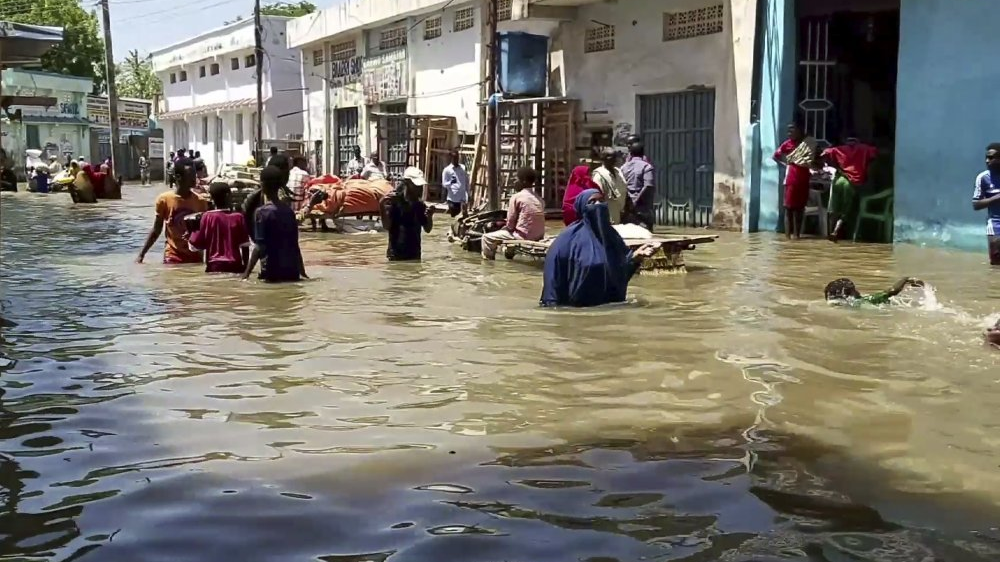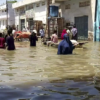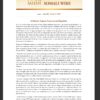In Somalia’s central Hiran region, the recent heavy rains have led to severe flooding, forcing tens of thousands of students to stay out of school. According to Somali education officials, more than 37,000 students have been affected by the floods, which have wreaked havoc on schools in the area. This disruption has raised significant concerns among parents and educators about the short-term and long-term impacts on education.

The flooding has caused extensive damage to school infrastructure and learning materials. “The learning materials have been destroyed and the classrooms have been damaged. It will be very difficult to recover, because most of the students have been displaced to far away locations, and it will be hard to bring them back and resume lessons,” explained Elmi Hashi Dhalin, a teacher in the region. This displacement adds another layer of difficulty for students who are already struggling to keep up with their education amidst such challenging conditions.
Parents are understandably worried about how this disruption will affect their children’s performance in the upcoming national examinations. The absence from school means that students miss critical instructional time and preparation for these important assessments. “There is no learning here for the children. There is water everywhere. As parents, we are calling upon the Ministry of Education to establish schools in higher grounds, so that when the flooding season comes, students can continue their learning activities,” pleaded Barre Ali Gedi, a concerned parent.
This situation is not unprecedented. Last year, similar flooding disrupted the exam timetable, leading the Somali government to organize special exams to accommodate affected students. Officials are committed to ensuring that students can participate in their exams despite the challenges posed by flooding. “The students in this region always have the worry of not taking part in the examination exercise despite hard work and preparation due to the flood havoc. We hope that will not happen again this year,” said Mustaf Osman Mohamud, director of education for the Beledweyn District.
The recurring nature of these floods highlights a critical need for long-term solutions to protect educational infrastructure and ensure continuity of learning. One potential solution is the relocation of schools to higher ground, which would reduce the risk of flood damage and displacement of students. This move would require substantial investment and planning but could significantly mitigate the impact of future floods on education.
In the meantime, immediate measures are necessary to support the displaced students and repair the damaged schools. The Somali government, along with international aid organizations, must prioritize the restoration of educational facilities and provide resources to replace lost learning materials. Additionally, temporary learning centers could be established to ensure that students continue their education while permanent solutions are being implemented.
The situation in Hiran is a stark reminder of the vulnerability of educational systems in regions prone to natural disasters. It underscores the importance of building resilient educational infrastructure and developing contingency plans to address such crises effectively. The Somali government, educators, parents, and the international community must work together to ensure that the right to education is upheld, even in the face of natural calamities.













